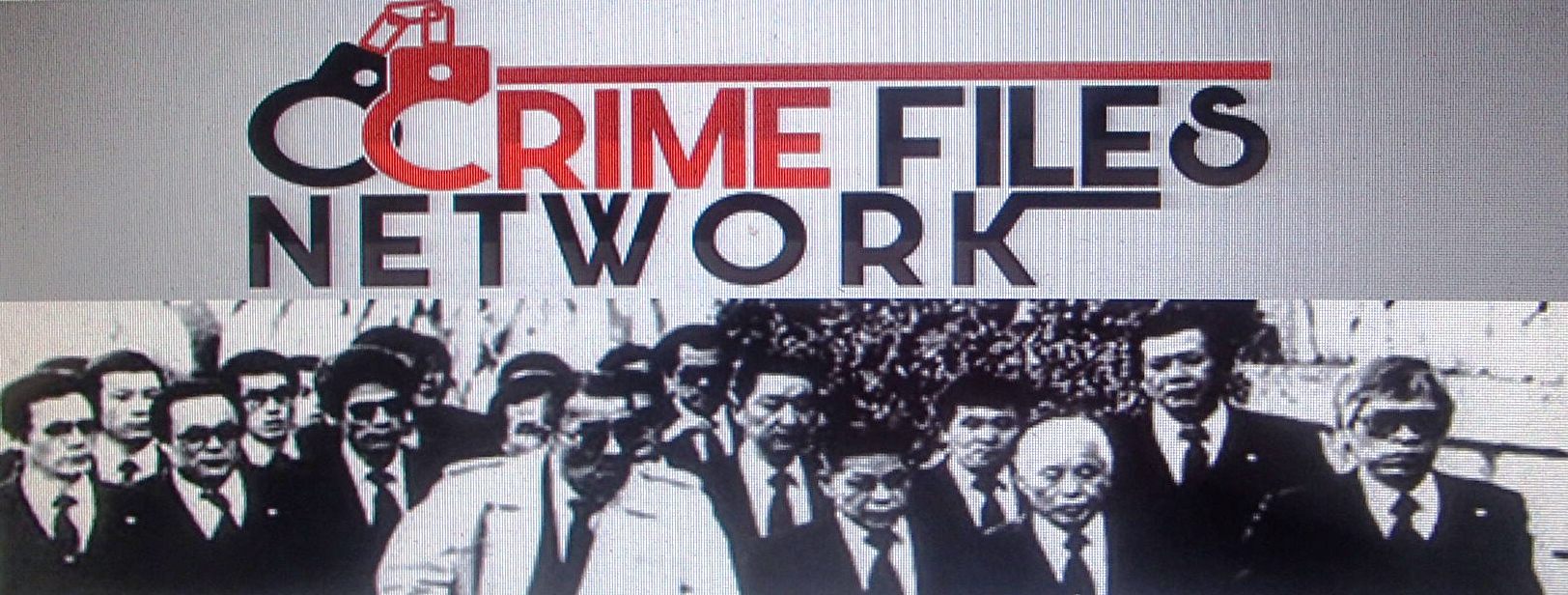364,547 views 8 Nov 2021 In one of the most harrowing killing spree’s in modern history, Anders Breivik killed 77 people in a horrific terrorist attack. Subscribe to Our Life: https://bit.ly/3dBMxvl When a killing spree occurs, the inevitable reaction is one of shock and disbelief at the unexpected and unimaginably violent chain of events. This compelling new series features such murders in forensic detail, drawing upon the testimony of those involved and those who knew the perpetrator to tell the story behind each chain of rapidly executed killings.
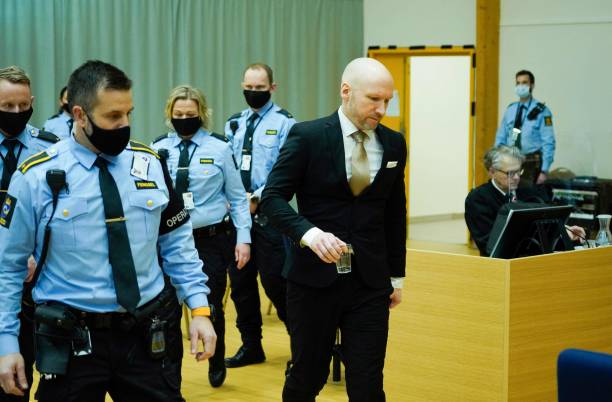

On 22nd July 2011, news of a double mass killing in Norway shocked the world. It was the brainchild of just one man – Anders Behring Breivik, who had spent years meticulously planning for his violent killing spree. Breivik had been diagnosed with psychological problems at a young age. His parents had divorced when he was just a year old and the strain of his troubled family life began to show as early as the age of four. Although he was a rebellious teen, he was well regarded at school and later settled into a steady job. However, as he reached adulthood, Breivik began to retreat from all social life and immerse himself in the world of online gaming and extreme politics. He became so obsessed with the notion that Islam was a threat to Norway that he planned to strike out at those whom he held responsible.
Convicted mass murderer Anders Behring Breivik spends his days in a spacious three-room cell, playing video games, exercising, watching TV and taking university-level courses in mathematics and business.
Halfway through a 21-year sentence and seeking early release, Breivik, 42, is being treated in a way that might seem shocking to people outside of Norway, where he killed eight in an Oslo bombing in 2011, and then stalked and gunned down 69 people, mostly teens, at a summer camp.But here — no matter how wicked the crime — convicts benefit from a criminal justice system that is designed to offer prisoners some of the comforts and opportunities of life on the outside.READ MORE:
Breivik tells parole hearing doesn’t renounce white supremacy
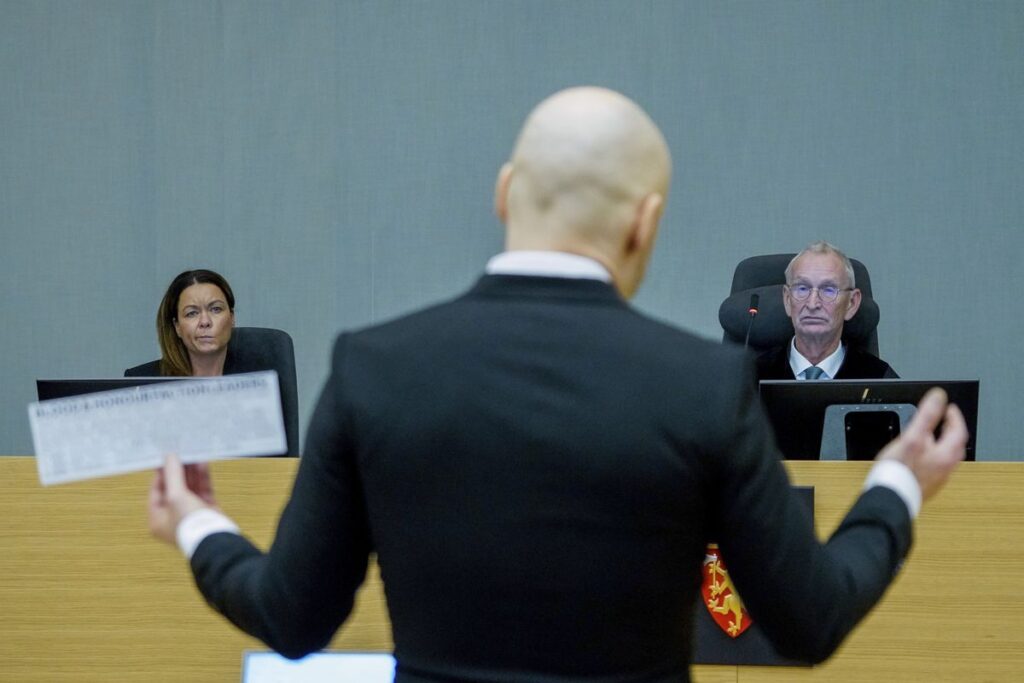
Norwegian mass killer Anders Behring Breivik murdered 77 people in Norway’s worst peacetime atrocity in July 2011. (AP)Still, Breivik’s extreme case is testing the limits of Norway’s commitment to tolerance and rehabilitation.“We have never had anyone in Norway who has been responsible for this level of violence before. And there has been debate here about whether part of the justice system should be changed for someone like him,” said Erik Kursetgjerde, who survived the slaughter on Utoya island as an 18-year-old. However, he advises a slow approach that does not bend to Breivik’s desire to subvert the system.During a three-day parole hearing this week that was broadcast to journalists, Breivik renounced violence, but also flashed a Nazi salute and espoused white supremacy, echoing ideas in a manifesto he released at the time of his killing spree. The outburst was familiar to Norwegians who had watched him deliver rambling diatribes during his partially televised criminal trial.“Obviously this has been extremely trying for survivors, the bereaved and Norwegian society as a whole,” said Kristin Bergtora Sandvik, professor of law at the University of Oslo, adding that there is debate in Norway over whether parole regulations should be overhauled in a bid to prevent this type of grandstanding.In 2016, Breivik successfully sued the Norwegian government for human rights abuses, complaining about his isolation from other prisoners, frequent strip searches and the fact that he was often handcuffed during the early part of his incarceration. He also complained about the quality of the prison food, having to eat with plastic utensils and not being able to communicate with sympathisers.
READ MORE:What prison food is like around the worl
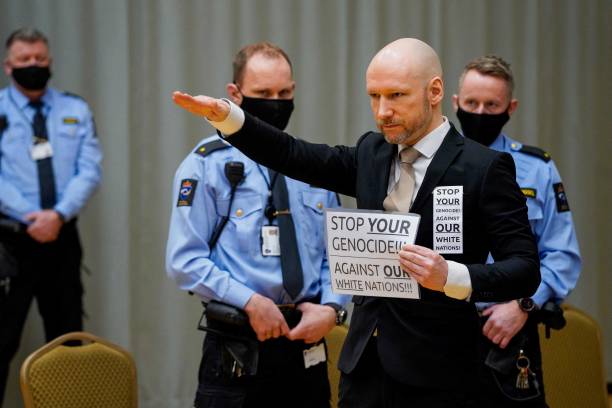
Convicted terrorist Anders Behring Breivik is seeking parole after he murdered 77 people. (AP)While Breivik’s human rights case was ultimately overturned by a higher court, the episode showed just how far the Norwegian criminal justice system could bend in favour of prisoners’ rights and living conditions.“His conditions according to Norwegian standards are excellent,” said his prison psychiatrist, Randi Rosenqvist. She testified at the parole hearing that Breivik is still a public threat.Even after Breivik’s outbursts at this week’s parole hearing, Norwegian authorities show no sign of wavering from treating him like any other inmate at Skien prison.“In a Nordic prison sentence, the main punishment is deprivation of liberty. All the Nordic countries have systems based on a lenient and humane criminal policy that starts from the mutual understanding that punishment should not be any stricter than necessary,” said Professor Johan Boucht from the University of Oslo Department of Public and International law, who has also worked in Sweden and Finland.“The second aspect is rehabilitation, and the principle that it is better in the long run to rehabilitate the inmate than create a factory for criminals.”Up until about 50 years ago, Norway’s justice system focused on punishment. But in the late 1960s there was a backlash to the harsh conditions of prisons, leading to criminal justice reforms that emphasised kinder treatment and rehabilitation.Norwegian sentencing and prison conditions are sharply at odds with other European countries such as France, where the worst criminals can face life imprisonment, with the possibility of an appeal only after 22 years.
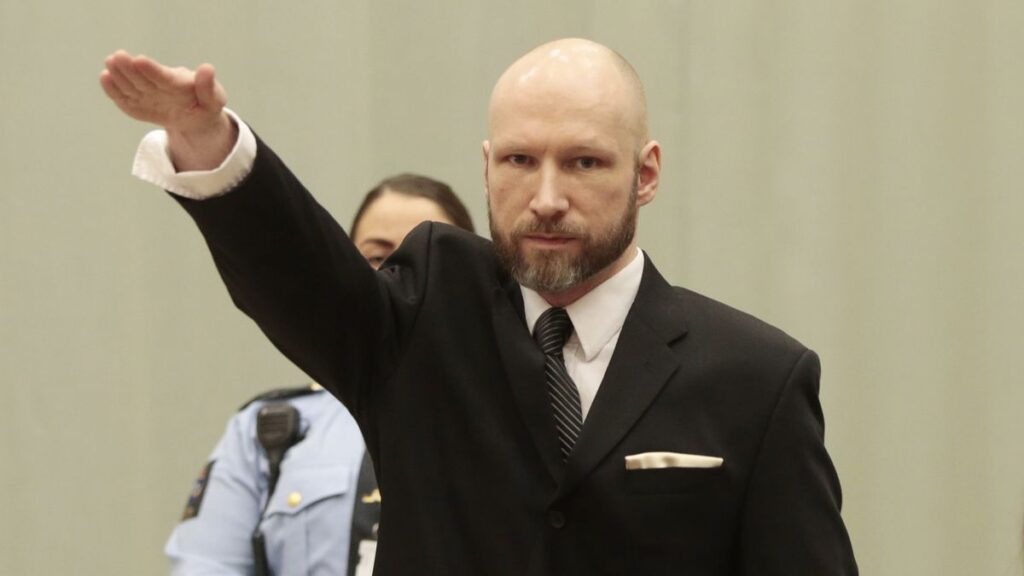
Anders Behring Breivik, convicted of terrorism, in the makeshift courtroom in Skien prison. (AP)Relatively few French defendants get the longest sentence, but among those facing it are Salah Abdeslam, who is the only surviving member of the Islamic State cell that attacked Paris in November 2015. Abdeslam has complained bitterly about his conditions in the Fleury-Mérogis prison, where he is under 24-hour surveillance in solitary confinement, the furniture is fixed to the floor of his tiny cell and he can exercise for just one hour daily.Breivik’s comparatively lenient treatment inside prison does not mean he’ll get out anytime soon, or even in 2032, when his sentence ends.While the maximum prison sentence in Norway is 21 years, the law was amended in 2002 so that, in rare cases, sentences can be extended indefinitely in five-year increments if someone is still considered a danger to the public.Breivik’s lawyer, Øystein Storrvik, said in his closing arguments at the parole hearing that Breivik should be released to prove that he is reformed and no longer a threat to society, and that is not possible to prove while he is in total isolation.But Breivik’s behaviour during this week’s parole hearing was proof enough to some that he should never again see freedom.
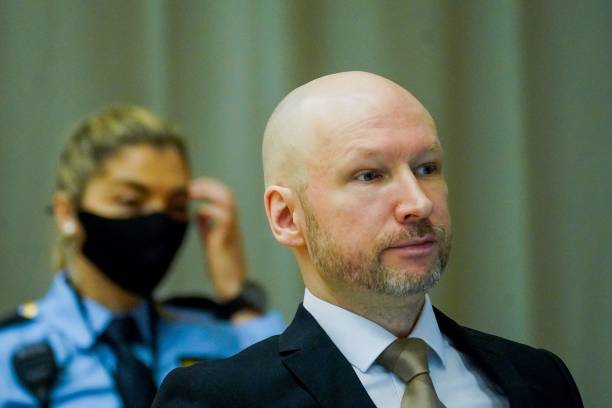
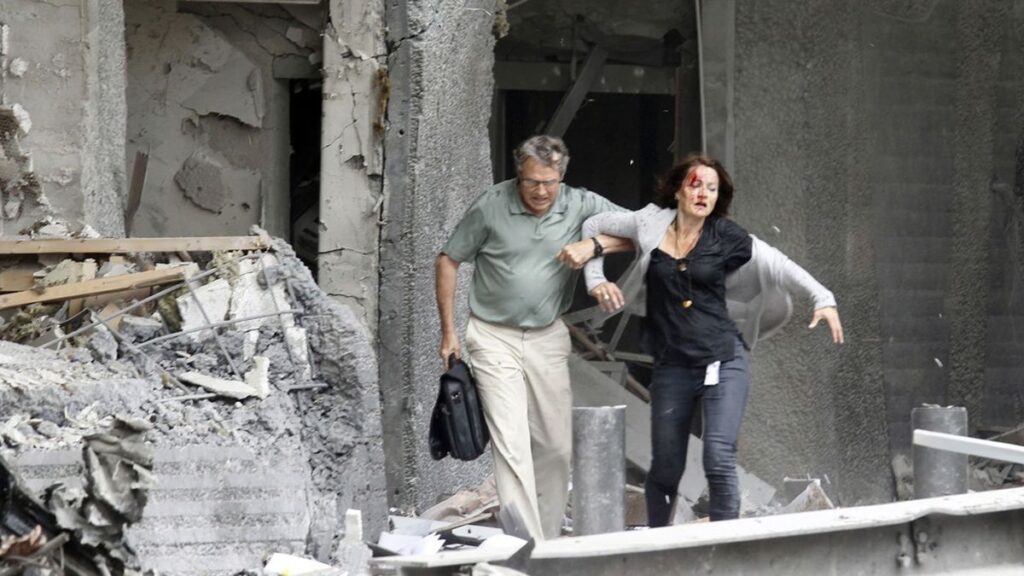
Anders Behring Breivik set off a car bomb outside the office of Prime Minister Jens Stoltenberg, with the explosion killing eight and injuring at least 209. (AP)Kristine Roeyneland, who leads a group for families of Breivik’s victims and survivors, said his comfortable prison conditions and ability to spread extremist views through publicised parole hearings are reprehensible.Whatever the outcome of Breivik’s request for early parole, which will be decided by a three-judge panel in coming weeks, some take an enlightened view of the Norwegian government’s apparent commitment to treat him like any other prisoner.“People might be afraid that he’s using the law as a stage,” said Ms Sandvik, the law professor.

